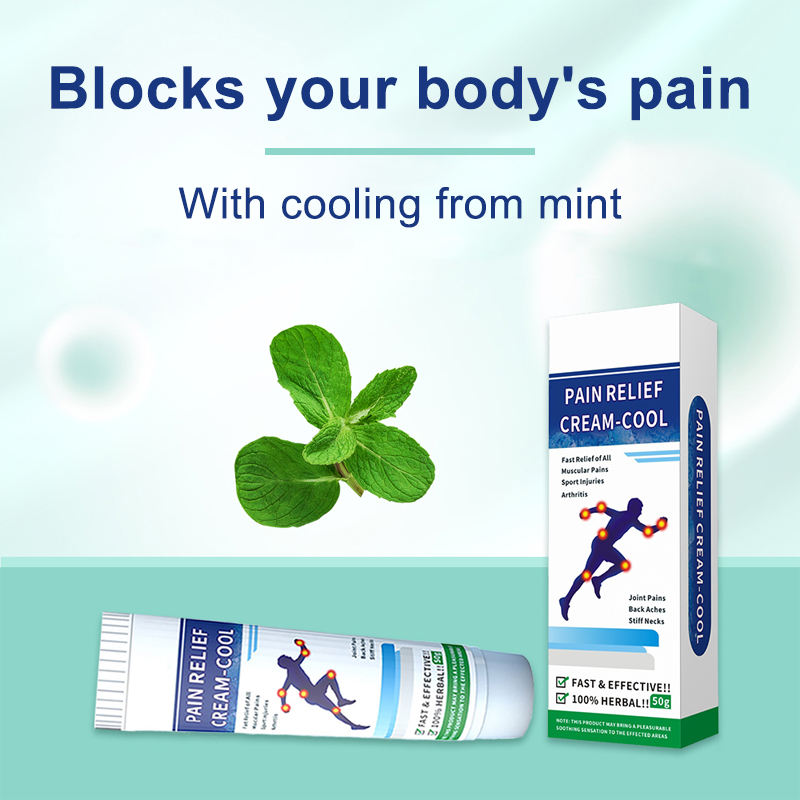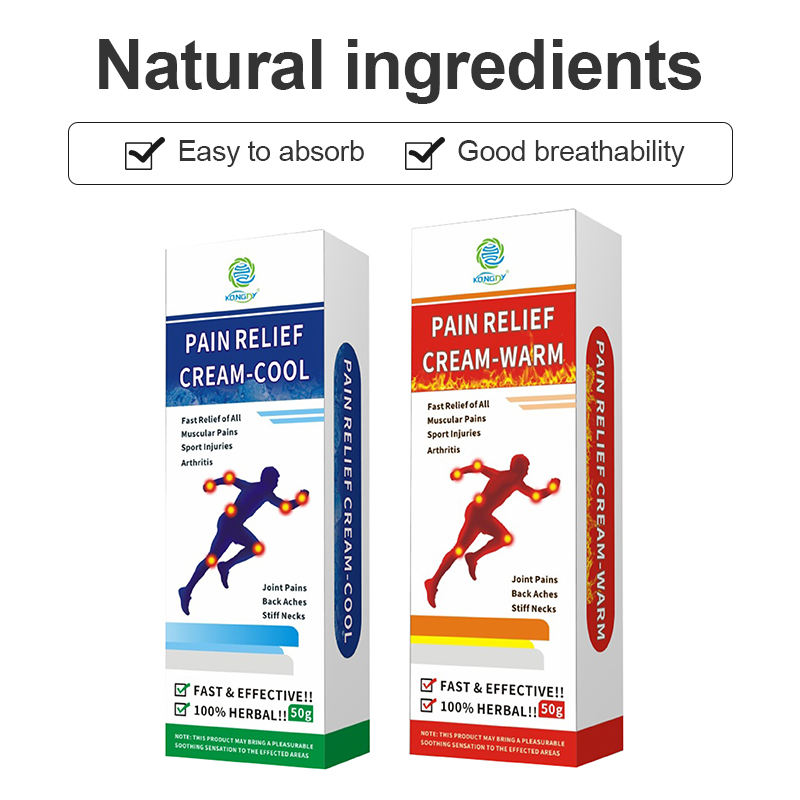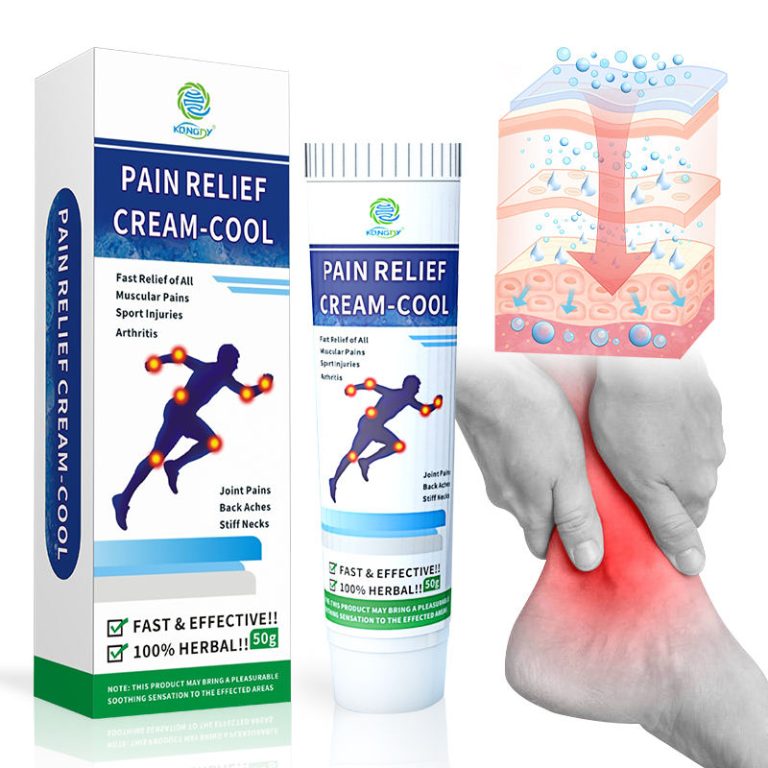In the fast-paced and highly competitive world of pain relief creams, it is crucial for manufacturers to ensure their products meet not only efficacy standards but also safety and quality standards. This article delves into the analysis of product standards and testing methods for pain relief creams, providing a comprehensive overview of the key considerations in this domain.
Product Standards for Pain Relief Creams
The primary focus of product standards for pain relief creams is on ensuring safety, efficacy, and quality. Here are some key aspects to consider:

1.1 Safety Standards
Safety is a paramount concern for pain relief creams, given that they are applied directly to the skin and can be easily absorbed into the bloodstream. Therefore, safety standards should include rigorous testing of ingredients for potential side effects, toxicity, and irritation potential.
1.2 Efficacy Standards
Efficacy standards are essential to ensure that pain relief creams deliver the desired results. These standards should require evidence-based testing to demonstrate the cream’s ability to effectively relieve pain. Clinical trials and pre-clinical studies should be conducted to validate the cream’s efficacy.
1.3 Quality Standards
Quality standards aim to ensure consistency in the manufacturing process, ensuring that each batch of pain relief cream meets the required specifications. This involves checks for consistency in ingredient composition, stability testing, and validation of production processes.
Testing Methods for Pain Relief Creams

2.1 Safety Testing
Safety testing involves evaluation of the ingredients for potential toxicity, irritation potential, and skin sensitization potential. This may involve animal testing or human volunteer studies to assess the safety profile of the cream.
2.2 Efficacy Testing
Efficacy testing is typically carried out using pain models in animals or humans to measure the cream’s ability to relieve pain. These tests assess the anti-inflammatory, analgesic, or anesthetic effects of the cream through objective measures such as behavioral testing or physiological parameters.
2.3 Quality Testing
Quality testing involves analysis of the physical properties, chemical composition, and stability of the cream. This may include checks for consistency in ingredient composition, evaluation of shelf life, and validation of production processes through techniques such as microbiological testing.
In conclusion, ensuring product standards and employing robust testing methods are essential for pain relief creams to maintain consumer trust and ensure safety, efficacy, and quality. By adhering to these standards, manufacturers can ensure their products meet the highest quality standards while providing effective pain relief to consumers.






